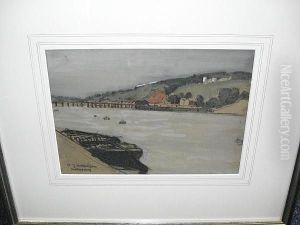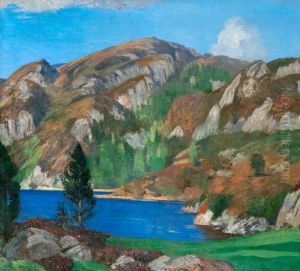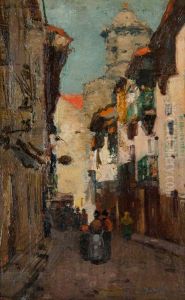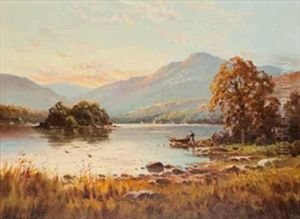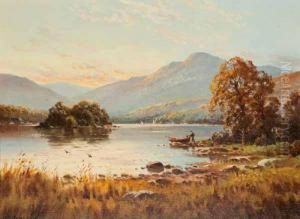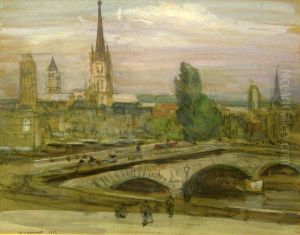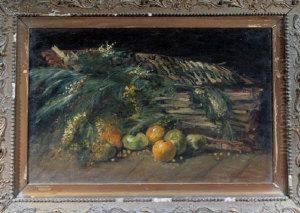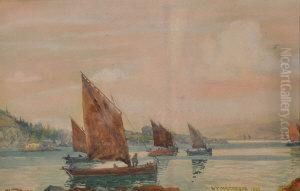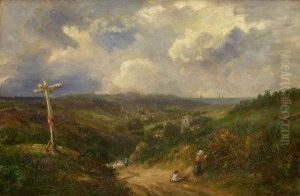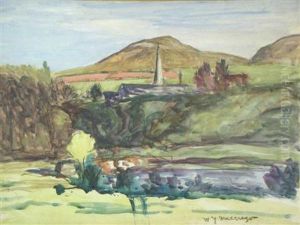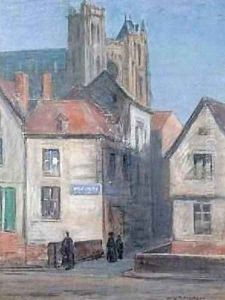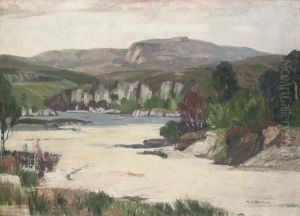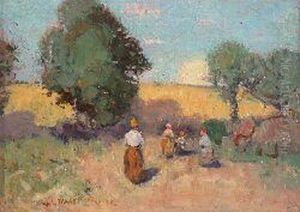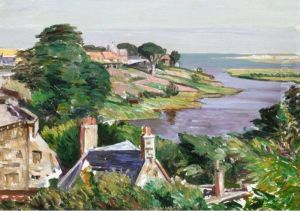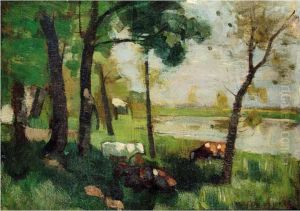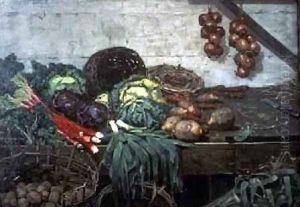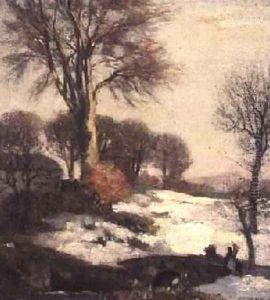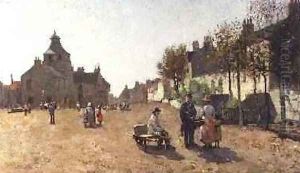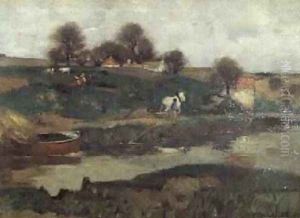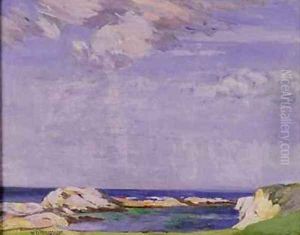William York MacGregor Paintings
William York MacGregor was a pioneering Scottish artist, noted for his significant contribution to the Glasgow School, a circle of influential artists and designers that began to coalesce in Glasgow, Scotland in the late 19th century. MacGregor was born on October 14, 1855, in Glasgow, and he displayed an early talent for art which was encouraged by his family.
He initially trained as a lawyer, following his father's profession, but his passion for painting led him to abandon law and pursue art full-time. MacGregor studied at the Glasgow School of Art, where he honed his skills and developed his distinctive style. He was particularly influenced by the works of James McNeill Whistler and the French Impressionists, whose techniques he adapted to create his own interpretations of the Scottish landscape and urban life.
As one of the leading figures of the Glasgow Boys, MacGregor played a central role in the development of Scottish painting at the time. The Glasgow Boys were a group of artists who rebelled against the academic painting styles of the day, promoting instead a more naturalistic and impressionistic approach to art. They were inspired by realism and the en plein air method of painting outdoors to capture the transient effects of light and atmosphere.
MacGregor's work was characterized by a bold use of color and a vigorous painting technique. He often depicted the Scottish Highlands, producing moody and dramatic landscapes that reflected his deep connection to the region. Despite his dedication to the Glasgow School, MacGregor's work was also well-received internationally, and he exhibited his paintings in London, Paris, and Venice.
Throughout his career, MacGregor was a respected teacher and mentor to younger artists. He was known for his generosity and support of the artistic community in Glasgow. After a long and productive career, William York MacGregor died on September 28, 1923, leaving behind a legacy that continues to influence Scottish art to this day.
